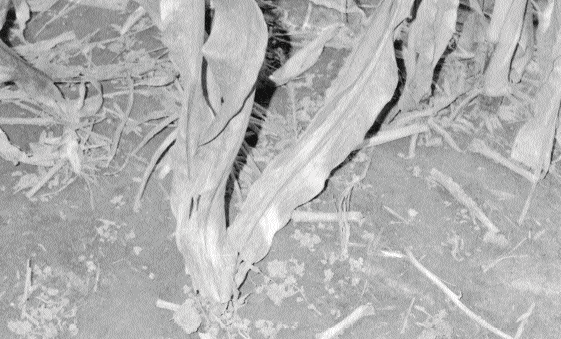No-Till Farmer
Get full access NOW to the most comprehensive, powerful and easy-to-use online resource for no-tillage practices. Just one good idea will pay for your subscription hundreds of times over.

Earthworms serve as a no-tiller’s underground allies in three major ways:
They create large channels, which can be important for moving water down into the soil for aeration and root growth.
They improve soil tilth and aggregation.
They incorporate organic material or nutrients into the soil.
Given this, it may be very helpful to encourage earthworm populations by providing a food source as well as a protective residue cover in your no-tilled fields, says Eileen Kladivko, a Purdue University agronomist.
There are two major groups of worms: deep burrowers (or night crawlers) and shallow dwellers (known by a variety of names, including red worms).
Just one species of deep burrowers frequents the Midwest, says Kladivko. These worms build a vertical burrow, which can go as deep as 4 or 5 feet depending on the soil. They live in that one burrow and pull residues around its top, forming a structure called a midden. The midden is a combination of plant residue (which worms feed on) and worm castes or excrement.
Conversely, shallow dwelling worms live in the top 8 or 10 inches of the soil and burrow randomly. They do not have a permanent home and eat mineral, soil and organic materials as they go.
Seasonal in their activity, they are more active in the spring and fall. In summer, you can find them curled up in a mucus-covered ball 15 to 18 inches below the surface. This helps keep them from drying out on hot summer…